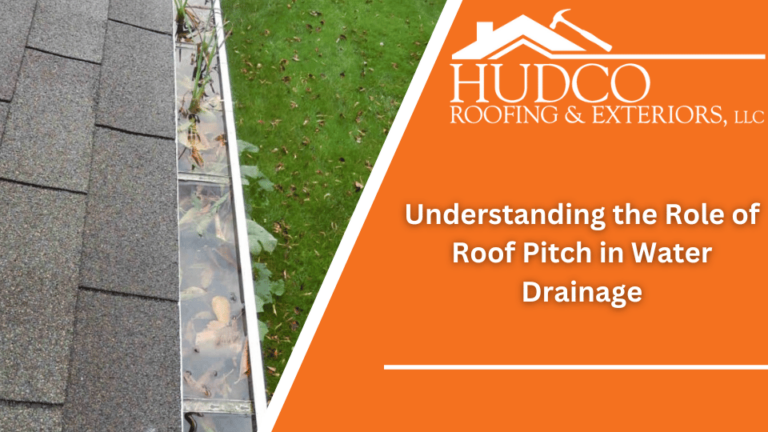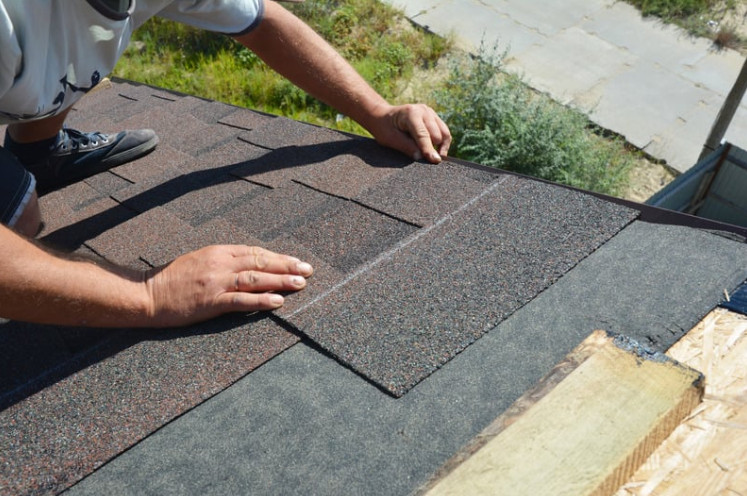The Role of Roof Pitch in Water Drainage: A Complete Guide
Your roof’s ability to shed water effectively depends heavily on its pitch. Therefore, understanding the role of roof pitch in water drainage can protect your home from water damage. Moreover, proper roof pitch design ensures optimal performance in various weather conditions.
Understanding Roof Pitch Basics
Roofers measure pitch as a ratio between vertical rise and horizontal span. For instance, a 4:12 pitch indicates four inches of rise per twelve inches of horizontal distance. Furthermore, this measurement directly impacts how quickly water flows off your roof surface. Additionally, steeper pitches promote faster water drainage and prevent moisture accumulation.
How Pitch Affects Water Movement
The role of roof pitch in water drainage becomes evident when examining water behavior on different slopes. First, gravity pulls water down more effectively on steeper pitches. Then, this increased gravitational force helps prevent water from seeping under roofing materials. Meanwhile, flatter pitches require special waterproofing measures to ensure proper drainage.
Climate Considerations and Pitch Selection
Different climates demand specific pitch configurations for optimal drainage. Consequently, areas with heavy rainfall benefit from steeper pitches of 6:12 or greater. Meanwhile, regions with moderate precipitation can function well with gentler slopes. Subsequently, snow-prone areas require steeper pitches to prevent dangerous snow accumulation.
Material Performance and Pitch Requirements
Various roofing materials perform differently across pitch ranges. Initially, asphalt shingles work best on pitches between 4:12 and 12:12. Subsequently, metal roofing offers excellent performance across multiple pitch configurations. Furthermore, clay tiles typically require steeper pitches for proper water shedding.
Drainage System Integration
Every effective roof system combines proper pitch with well-designed drainage components. First, gutters must align perfectly with the roof’s pitch. Then, downspouts need strategic placement to handle water volume effectively. Moreover, proper drainage system maintenance prevents costly water damage.
Common Drainage Issues
Poor pitch design often leads to serious drainage problems. Initially, inadequate slope causes water pooling on roof surfaces. Subsequently, this standing water can penetrate roofing materials and cause leaks. Furthermore, improper pitch may create unwanted water channels along the roof.
Professional Assessment and Installation
Professional roofers understand local requirements for pitch specifications. Additionally, they can evaluate your existing roof’s performance and recommend improvements. Subsequently, proper installation ensures your roof’s pitch performs as designed. Moreover, regular inspections help maintain optimal drainage performance.
Maintenance Tips for Optimal Drainage
Regular maintenance keeps your roof’s drainage system functioning properly. First, clear debris from gutters and downspouts monthly. Then, inspect the roof surface for signs of water damage. Additionally, trim overhanging branches that might obstruct water flow.
Contact Professional Services
HUDCO Roofing & Exteriors provides expert roofing solutions across Louisiana. Specifically, we serve communities in Thibodaux, Alexandria, and Ruston. Furthermore, our team understands local climate requirements for optimal pitch design. Contact us at 318-206-3500 for professional roofing services.
Connect With Us
Visit HUDCO Roofing & Exteriors for more information about our services. Additionally, follow us on Facebook for updates and tips. Finally, our team stands ready to address your roofing needs with expertise and professionalism.



